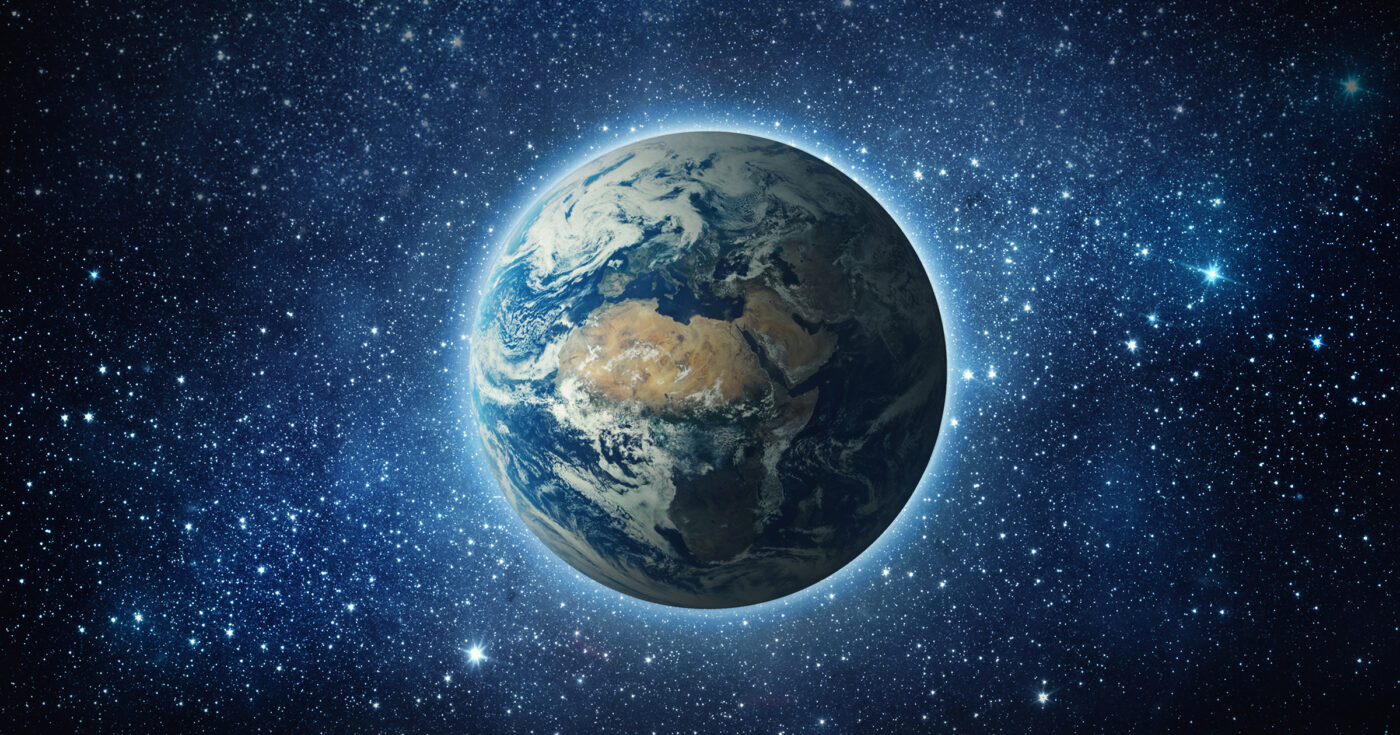Earth from Moon Surface, Adobe Stock, by Tryfonov

PRESENTS
Biomes
(Global Environments)
By Ayden Planker
The planet Earth can be divided into thousands of environments, each with its own unique characteristics and traits. In ecology, the largest of these environments is a biome, a massive region of land identified by its climate and the flora and fauna that have evolved to survive in it. Though their classification is a matter of some debate among ecologists, most have come to agree that there are at least four types of terrestrial biomes: desert, grasslands, forest, and tundra. For our glance through the world’s biomes, we’ll take a closer look at these four, plus a more specific look at the types of forest biomes.
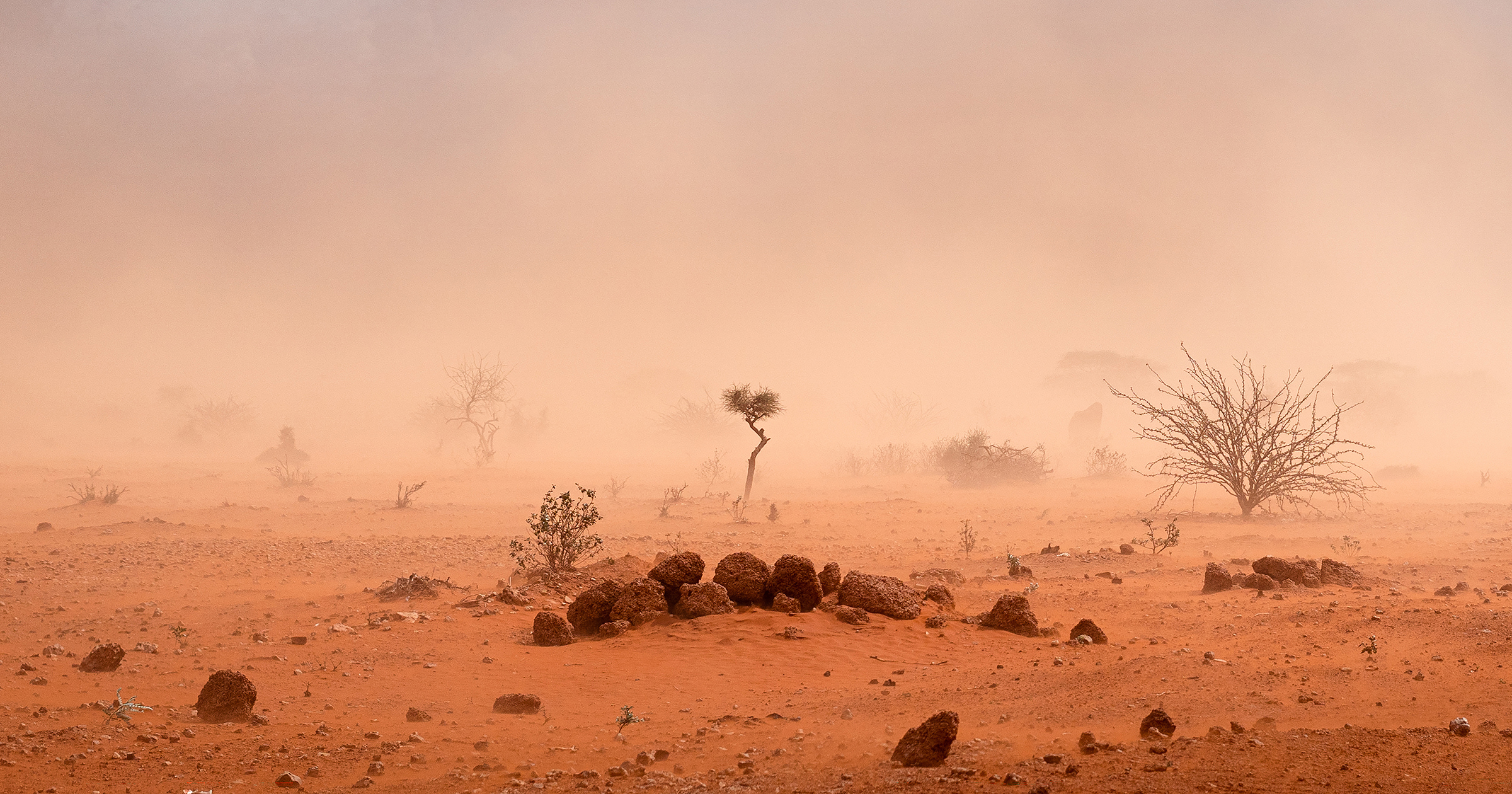
Dusty Sandstorm in Ethiopian Desert, Adobe Stock, by Stanley Dullea
Desert
At their simplest, deserts are biomes characterized by their dryness. While the commonly recognized picture of a desert shows a hot, sandy, and windswept landscape, this is actually a generalization of the world’s more commonly inhabited deserts. In fact, Earth’s largest desert is the South Pole, which commonly receives only two inches of precipitation per year!
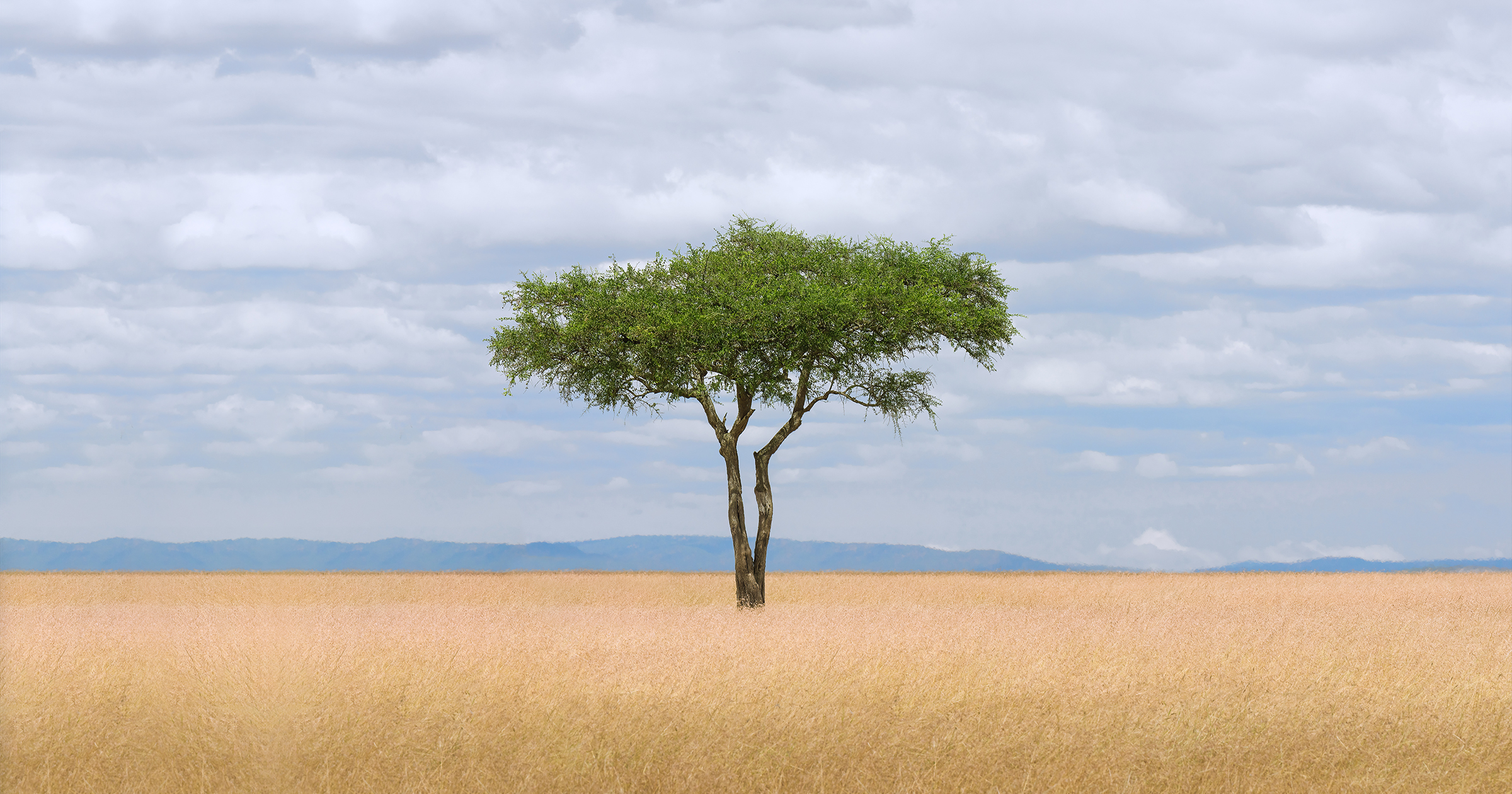
Savanna grassland ecology with lone tree at Masai Mara National Reserve Kenya, Adobe Stock, by Mongkolchon
Grasslands
The easiest of the biomes to identify is the grassland. The semi-arid land that makes up these biomes promotes the growth of soft-bodied plants like rushes, sedges, and the grasses from which the biome earns its name. Anywhere from one to two-thirds of the Earth’s land can be classified as grasslands, making them one of the most common biomes worldwide.
While other biomes might boast a greater diversity in flora and fauna, the openness of grasslands makes them habitat to Earth’s largest land animals. Famously, the African savanna, or tropical grassland, is home to elephants, rhinoceroses, giraffes, and other megafauna.
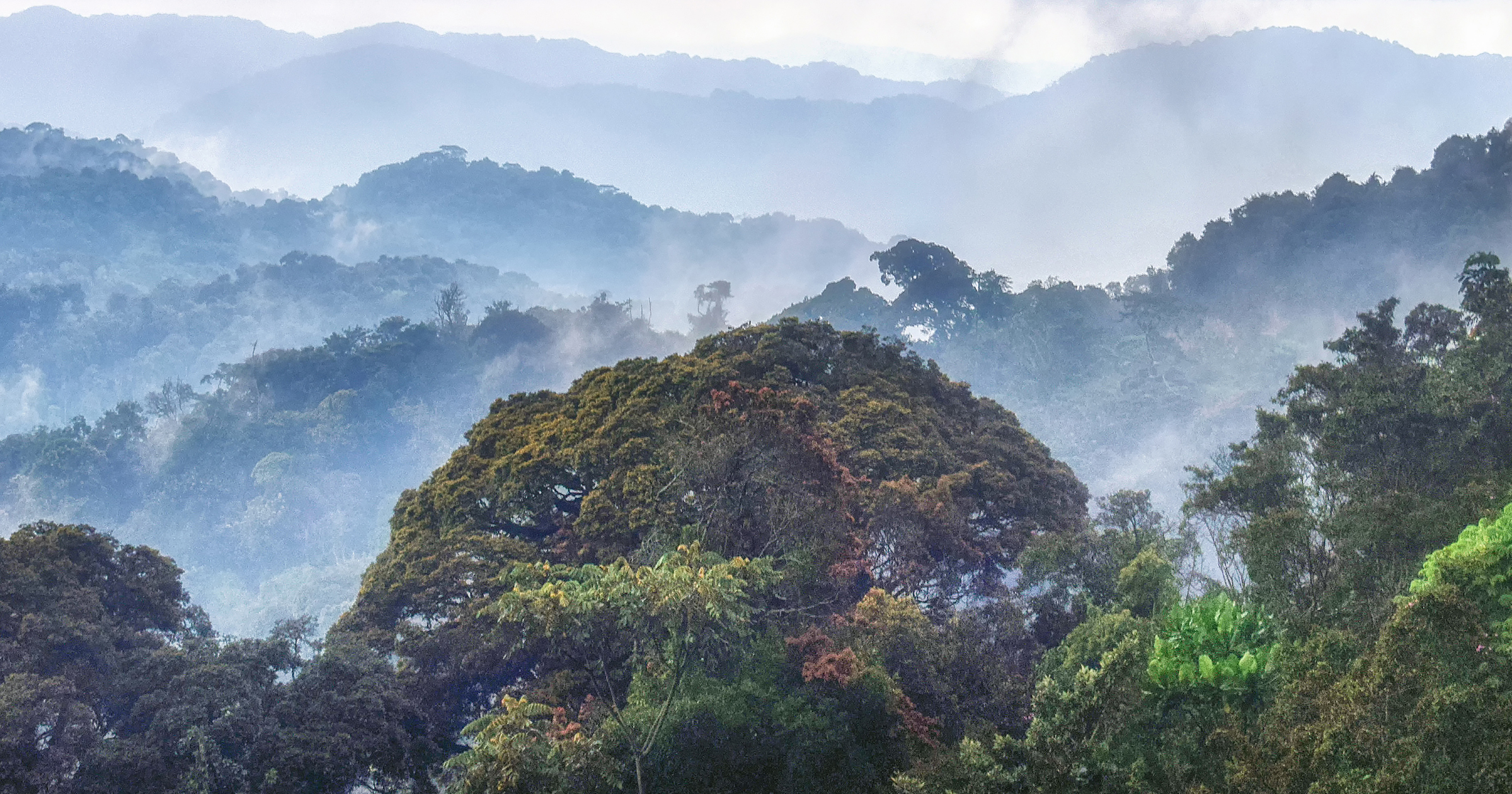
Tropical rainforest of Nyungwe National Park, Rwanda, Adobe Stock, by Atosan
Tropical Rainforests
Though their residents aren’t quite as large as those of the grasslands, tropical rainforests are the most diverse of Earth’s biomes. With extremely high rainfall and a warm climate year-round, these forests have lush, rich canopies and damp, heavily-shaded floors. The rich plant life in these environments leads rainforests to have deceptively poor soil quality, as nutrients are rarely able to saturate the ground before they’re sucked up by plants nearby.
Though estimates vary greatly on the number of plants and animals that reside in rainforests, some place them as the natural habitat for more than 80% of Earth’s documented species. Of the approximately 18,000 species of plants and animals ecologists claim are discovered every year, a majority are discovered in rainforests.
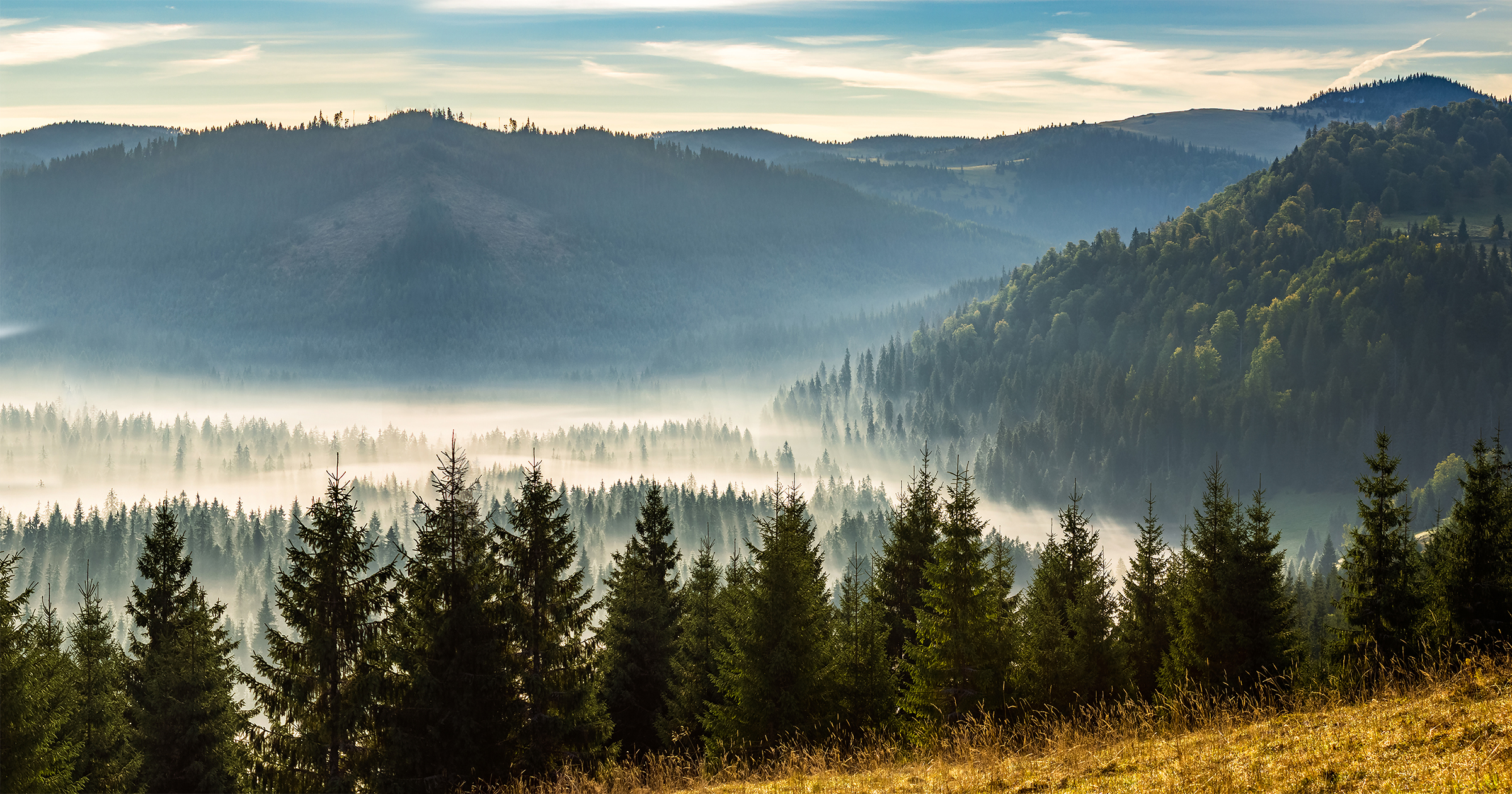
Coniferous forest in foggy Romanian mountains at sunrise, Adobe Stock, by Pellinni
Boreal Forests
While rainforests tend to be more lively, they aren’t nearly as common as the boreal forest. Making up nearly one-third of Earth’s woodlands, these biomes are characterized by cone-and-needle-bearing evergreen trees like firs, pines, spruces, and tamaracks, and tend to develop closer to Earth’s poles. Boreal forests or taiga are the world’s largest carbon-sinks, meaning they pull more pollutants and greenhouse gasses from the atmosphere than any other biome.
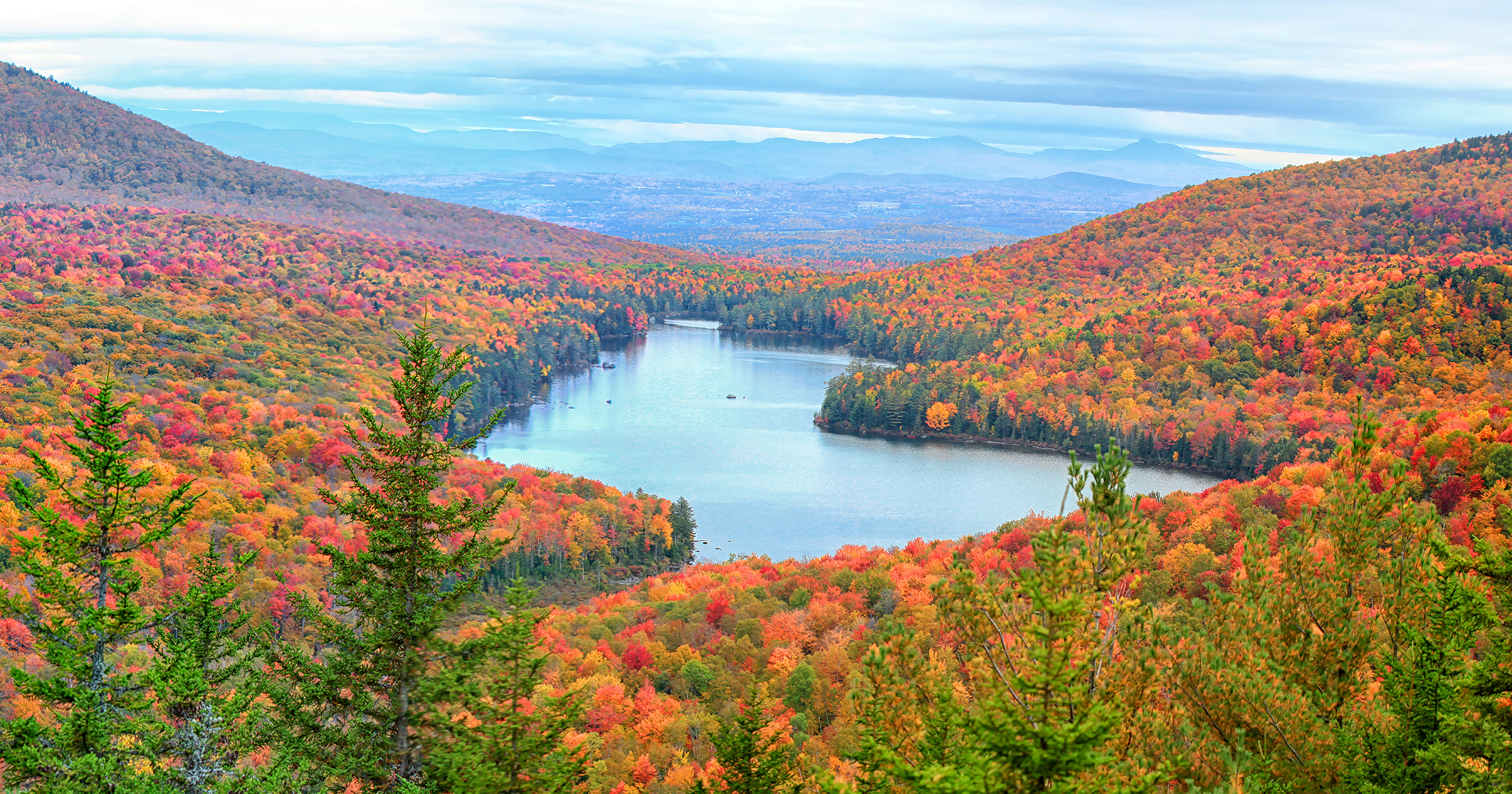
Panoramic view of Groton national forest in Vermont, Adobe Stock, by SNEHIT PHOTO
Temperate Deciduous Forests
Temperate forests develop in the regions between their tropical and boreal counterparts. This vast region is the third most prevalent of Earth’s biomes, bested only by the marine and taiga biomes and covering an impressive one-tenth of the Earth’s total land area.
Following a yearly cycle of regrowth in which their canopy turns barren in autumn and blossoms in spring, these biomes vary in how hospitable they are throughout the year. Generally, temperate forests have heavy canopies (overstory) and a more sparsely populated understory, with mosses and ferns favored over grasses and other small-growth plants.
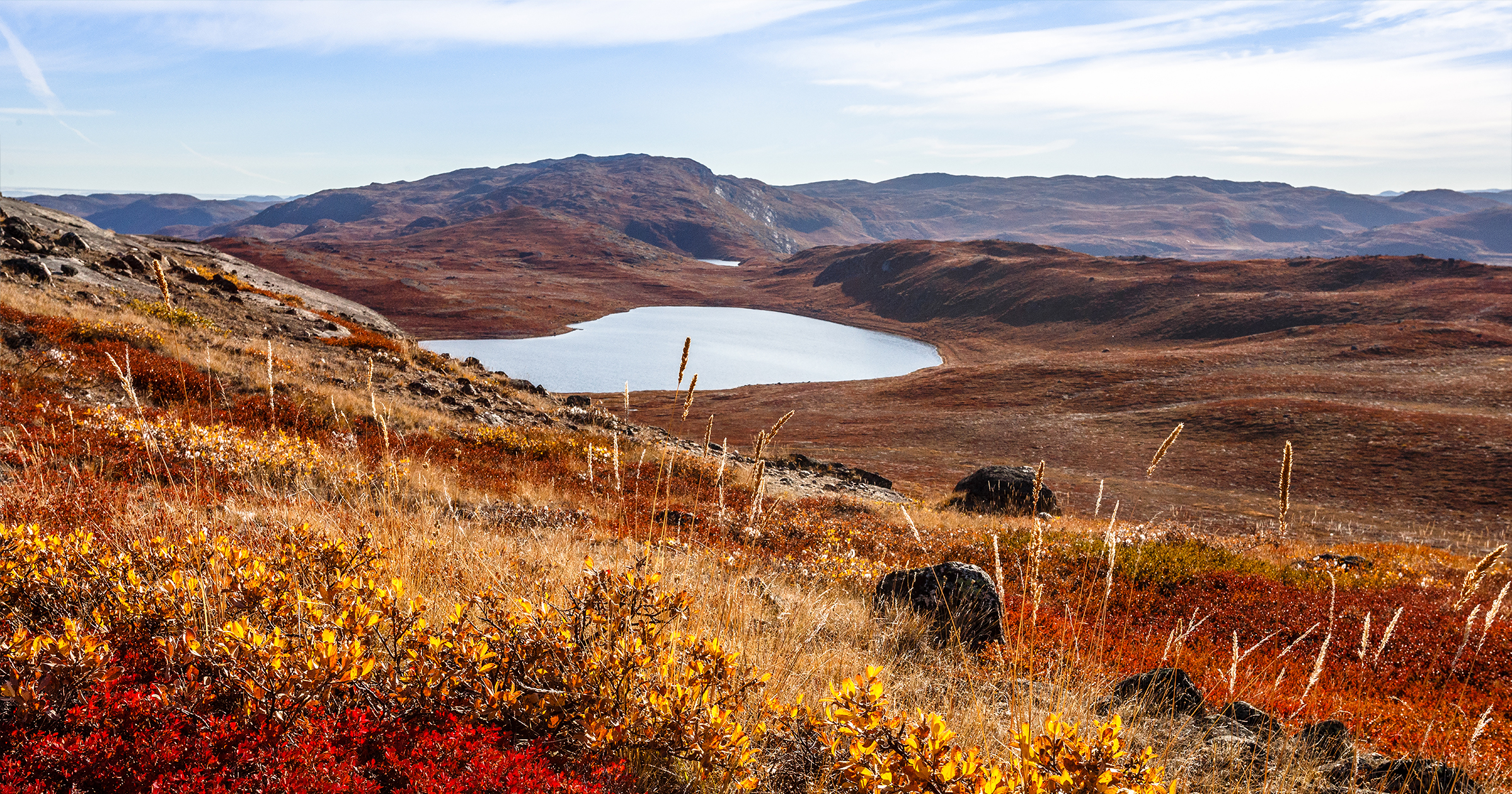
Autumn greenlandic orange tundra landscape with lakes and mountains in the background, Kangerlussuaq, Greenland, Adobe Stock, by Vadim Nefedov
Tundra
Beyond the temperate and boreal forests, closer to the poles, you’ll find the tundra, a cold and near-inhospitable biome that supports very little in the way of plant life. These regions tend to be so barren that their boundaries often show a complete disappearance of trees and other large plants, which can’t hope to find the nutrients they need in the cold climate. Only plants like shrubs, mosses, and lichens have evolved to withstand the harsh climate by keeping in small clusters, and the fauna of these regions includes hardy animals like polar bears, yak, and muskoxen, which have evolved to survive at lower temperatures or to have heavily-insulating fat and fur.
Be Conservation-Minded, People!
– – –

NatEnvo was formed by BioTriad Environmental, Inc. to provide entertaining and informative media while keeping the wonders of nature in the public eye.

The Biome Post highlights the most fascinating facets of the natural world, taking us underwater, under snow, underground, and undercover, for the most remarkable life as we know it.


